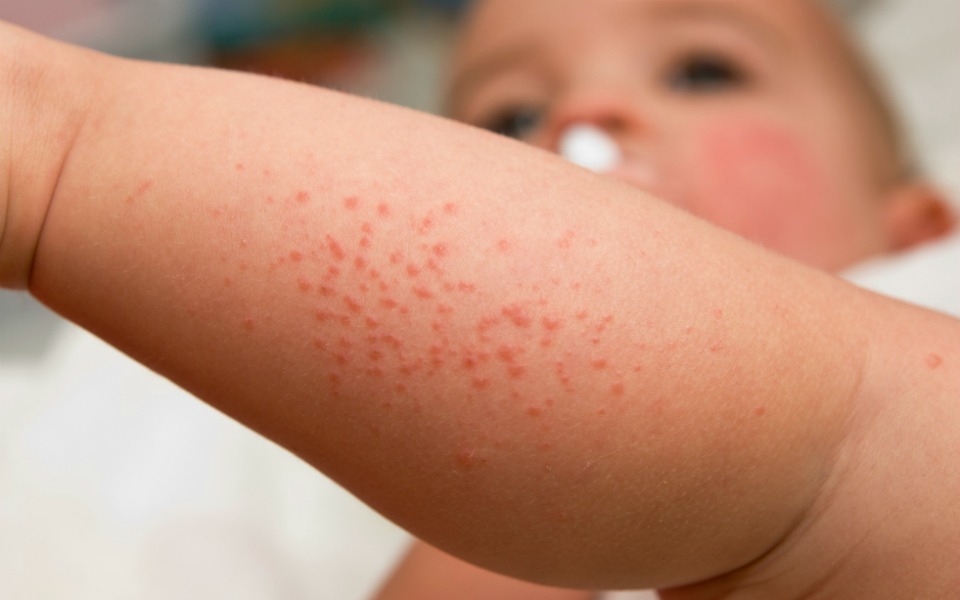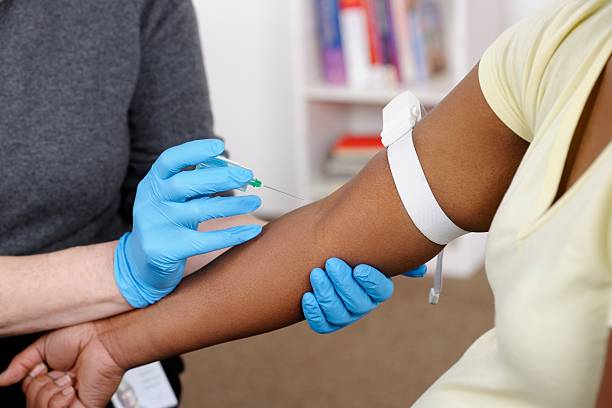Hair loss in women is just that
when a woman experiences unexpected, heavy loss of hair. Generally, humans shed between 50 and 100 single hairs per day. Hair shedding is part of a natural balance — some hairs fall out while others grow in. When the balance is interrupted — when hair falls out and less hair grows in — hair loss happens. Hair loss is different than hair shedding. The medical term for hair loss is “alopecia.”
Hair grows on almost all of your skin surfaces — not the palms of your hands, soles of your feet, lips, or eyelids. Light, fine, short hair is called vellus hair. Terminal/androgenic hair is thicker, darker, and longer.
What are the cycles of hair growth?
Hair goes through three cycles:
-The anagen phase (growing phase) can last from two years to eight years. This phase generally refers to about 85% to 90% of the hair on your head.
-The catagen phase (transition phase) is the time that hair follicles shrink and takes about two to three weeks.
-The telogen phase (resting phase) takes about two to four months. At the end of this phase, the hair falls out.
-Your shorter hairs like eyelashes, arm and leg hair, and eyebrows have a short anagen phase — about one month. Your scalp hair can last up to six years or even longer.
What are the types of hair loss?
There are three: anagen effluvium, telogen effluvium and FPHL.
-Anagen effluvium: This is caused by medications that poison a growing hair follicle (like chemotherapy).
-Telogen effluvium: This is caused by an increased number of hair follicles reaching the telogen phase, which is the stage where hair falls out.
-Androgenetic alopecia/female pattern alopecia/female pattern hair loss (FPHL)/baldness:
This type is the most common. Hair thins over the top of the head and on the sides.
How common is hair loss in women?
Many people think that hair loss only affects men. However, it is estimated that more than 50% of women will experience noticeable hair loss. The most significant cause of hair loss in women is female-pattern hair loss (FPHL), which affects about one-third of susceptible women, which equals some 30 million women in the United States.
Which women are likely to experience hair loss?
Any girl or woman can be affected by hair loss. However, it is usually more common in:
Women:
– Older than 40.
– Who have just had babies.
– Who have had chemotherapy and those who have been affected by other medications.
– Often have hairstyles that pull on the hair (like tight ponytails or tight braids) or use harsh chemicals on their hair.
-Menopausal women.
What are the myths about hair loss?
Myths about hair loss are widespread. Nothing in the following list is true:
You’re losing hair because you shampoo it too much, or because you’ve colored it or gotten a perm.
Dandruff causes permanent hair loss in women.
Stress causes permanent hair loss in women.
-If you shave your head, your hair will grow back twice as thick.
– if you stand on your head you’ll increase circulation, stimulating hair growth.
– you brush your hair 100 strokes a day which will make your hair healthier.
-Hats and wigs cause hair loss in women.
-Hair loss only affects intellectual women.
What kind of healthcare provider treats hair loss?
You may be treated by a dermatologist.
How is hair loss in women treated? What medicines or supplements may help?
Treatment depends on the cause of your hair loss.
-In cases where the loss is due to stress or hormone changes like pregnancy, there might be no treatment needed. The hair loss will stop after a period of time.
-In cases of hair loss being due to hairstyling practices, like tight braids or ponytails or certain chemicals, treatment means not doing the things that caused the damage.
-In cases due to nutritional deficiencies, you might be told to take supplements. For instance, you might be told to take a multivitamin and three to five milligrams of biotin daily.
-Minoxidil (Rogaine®) is approved for treating FPHL. The 2% or 5% solution can be purchased in stores. However, you have to follow directions exactly and use the product indefinitely. Don’t use this product if you’re pregnant, if you plan to get pregnant, or if you’re breastfeeding.
-The HairMax Lasercomb® low light laser is approved by the US FDA to treat FPHL. Another FDA-approved laser product is the Theradome LH80 PRO® helmet and low-light laser helmets and caps.
Other medications that have been studied, but not approved, for hair loss in women include:
-Spironolactone and other anti-androgens.
-Finasteride and other alpha-reductase enzyme inhibitors.
-Estrogens.
-Prostaglandin analogs.
-Steroids.
-Other light treatments
What is a hair transplant?
Before knowing how technology has improved hair transplantation, it is important to define what hair transplantation is. A hair transplant can be defined as a surgical procedure that is carried out with the aim of improving the problem of baldness, also known as alopecia, this has been classified as a pathology by the World Health Organization that affects women already men at some point in their lives, likewise, alopecia is related to loss of self-esteem, insecurity and social or professional isolation, on the other hand, hair transplantation is a procedure that helps women and men to rescue the image with the one they feel comfortable with and thus recover their self-esteem, and likewise, the procedure must be performed in a medical office with certified specialists in the area.



